I'm in Mourning, and Wish My Subscribers Would Stop Making Me Watch Movies About Death and Mourning, Like Danny Boyle's Tense Terror Tale 28 Years Later
The guys who introduced the concept of scary zombies are back with another intense shocker!
Screenwriter Alex Garland and director Danny Boyle’s groundbreaking, zeitgeist-capturing 2002 hit 28 Days Later was dedicated to the bold proposition that zombies should be scary.
In traditional form, zombies are figures of fun more than figures of fright. They die, which is strike number one. You lose a lot of mojo when you perish, and ALL of your life force when your life is extinguished.
The soon-to-be undead are buried six feet under, which is strike number two. A zombie apocalypse ensues, and they need to laboriously drag their suddenly sentient corpses out of the sour ground so that they can join their fellow zombies in an all-out hunt for brains.
Zombies are canonically slow. They are lumbering. They’re dumb as shit. They’re clumsy. They’re like these damn teen teenagers at the mall on their cell phones doing the latest TikTok dances. They give their prey ample time to escape because they move haltingly and with great effort.
None of that shit is scary. Yet movies like The Night of the Living Dead and Dawn of the Dead scared us and made us think. They asked who the real zombies are: undead monsters on a quest for juicy cerebella or stoned kids with long hair and the rock and roll music and all the hot new fads?
In 28 Days Later, humans infected with a civilization-destroying virus that makes them behave like zombies are fast. They’re agile. They’re relentless. They’re not your daddy’s undead doofuses. They’re undead athletes ready for the Post-Apocalyptic Olympics.
28 Days Later is one of the most influential horror movies of all time. Just as zombie movies can be usefully divided into pre- and post-The Night of the Living Dead, they can similarly be separated into pre- and post-28 Days Later.
In 28 Years Later, the story takes place in the aftermath of a virus that has destroyed the world as we know it, pitting weary survivors against the infected. The virus robs people of their humanity. They become feral creatures of instinct who exist only to hunt and feed, and since we’re treated to the image of an infected pregnant woman, make sweet, passionate love as well.
There’s a lot of nudity on display in 28 Years Later, but if any of it turns you on, there’s something seriously wrong with you. You’re a big time sicko and need some help. I don’t want to kink shame, but everyone who has that kink should be shamed.
In 28 Years Later, the virus has resulted in a permanent class of infected monsters who have devolved into a primal, feral state. They’re naked. That means we got to see a lot of naked monster dong. These ghouls have no use for trousers, but we get to see plenty of trouser snakes. Call them Home Depot, because they’re carrying some seriously heavy wood.
Ritual and tradition are of paramount importance. The film chronicles a rite of passage in a post-apocalyptic world: the first hunt of Spike (Alfie Williams), the resourceful son of scavenger Jamie (Aaron Taylor-Johnson).
Boys are supposed to be at least fourteen when they slaughter their first rage virus zombie, but Spike is such a prodigy that he gets the questionable honor of slaughtering the infected as a twelve-year-old.
On his maiden hunt, Spike sees things no one should see, let alone a naive and inexperienced child who is good at killing because he’s seemingly been trained to be the best possible killer from birth.
Jamie doesn’t make much of an attempt to shield his son from the universe’s unrelenting ugliness. There’s no use sugar-coating a zombie apocalypse when the boy can see the carnage and cruelty himself.
Also, the naked dongs. There is a lot of nudity here, of both the male and female variety, but it’s nothing you’ll want to gawk at unless you’re the kind of sicko The Onion political cartoonist Kelly writes about so passionately.
28 Years Later would get a hard-R for nude monster cocks on cocky monsters but there’s a lot of violence to go along with all of the nudity.
Garland’s last two films as a writer-director or writer-co-director are Civil War and Warfare. I have not seen either, but I’m going to assume that they involve war, since that’s in both of their titles.
28 Years Later is a war film of a different sort. The moment they arrive on the mainland, Spike and his father are on enemy territory. They’re both predators and prey, the hunter and the hunted.
The infected are fast and increasingly intelligent, but they’re still more animal than man. Spike is terrified, but he has a macho destiny that he cannot hide from or escape. There’s no place for peace or pacifists in this bleak dystopia.
Though guns exist in this dystopia, our hero’s weapons of choice are a bow and arrows. If it was good enough for Robin Hood, it's good enough here.
Contemporary technology still exists here. Along with the possibility that they’ll be infected by ghouls and turned into monsters, they have to face the unspeakable horror of running out of battery on their cell phones.
28 Days Later was filmed largely on handheld digital cameras to give it the raw, bracing realism and verisimilitude of documentary film or war photography.
Boyle favors atmosphere and punishing intensity. There’s nearly no humor until a bizarre climax. If you don’t want it ruined, then kindly retreat to your safe space, which is pink, covered in glitter, and filled with unicorns riding rainbows, because I am about to drop a truth bomb so powerful it might drive you insane.
Out of nowhere, a gang of dandies known as the Sir Jimmys appear to rescue our terrified boy hero. As their name suggests, they’re a cult built around the oily personality of Jimmy Savile, the notorious British television star who molested and abused vulnerable children for decades while maintaining an image as an eccentric do-gooder.
It’s a development that made me sit up and think, “What the fuck? No, seriously, what was up with that ridiculous ending?”
You know the phrase “going for it?” Let’s just say that this bewildering conclusion, built around Sinners breakout baddie Jack O’Connell, really “goes for it.”
In a development straight out of Apocalypse Now, Spike becomes fixated on the idea that a mysterious, brilliant doctor played by Ralph Fiennes might be able to cure his mother’s serious illness.
Fiennes is essentially playing Colonel Kurtz. He’s a larger-than-life genius whose brilliance long ago crossed over into madness. Jamie warns his son away from seeking help from the mad doctor, but he turns out to be less insane and malevolent than advertised.
He’s still a man whose sanity, sense of self, and belief in mankind have all crumbled dramatically, yet he still holds onto a faint flicker of goodness and humanity. In a world gone mad, madness becomes a reasonable response.
Speaking of madness and death, my dad died last Saturday. He’d been in hospice for the week before that, so I can’t help but notice just how many of the films you have voted for me to see have centered on death, particularly a child mourning a parent’s death or a parent mourning a child’s death.
Even movies you didn’t choose for me, but that I ended up seeing with my son anyway, like Elio and Lilo & Stitch, are about children with dead parents. As my ten-year-old has noted, that is one of the biggest and most ubiquitous clichés in kids’ films, particularly where Disney is concerned.
That is true of 28 Years Later, whose dominant visual motif is a giant pile of human skulls of those no longer with us.
It’s fucking ghoulish, is what it is.
I’m trying to write as much as I can so that I have something to do other than stare blankly into the distance and contemplate life’s fragility. Next week, the choice is between Meg3n 2.0 and F1. I’m pretty sure that people will die in both movies, but I’m grateful that they don’t seem quite as morbid as this, Bring Her Back and The Life of Chuck, all of which you sadists forced me to watch while I’m still in mourning.
Oh well. I quite liked 28 Years Later. I haven’t seen a lot of Boyle’s work, in part because he’s always skipping merrily from genre to genre. This highlights that Boyle is a talented horror filmmaker who has left an indelible mark on the genre, but I wouldn’t bestow upon him the greatest honor any artist can ever hope to receive—frightmaster—just yet.
Four stars out of five

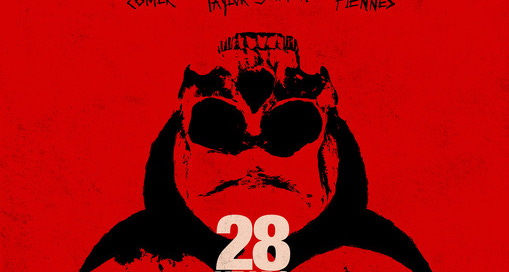



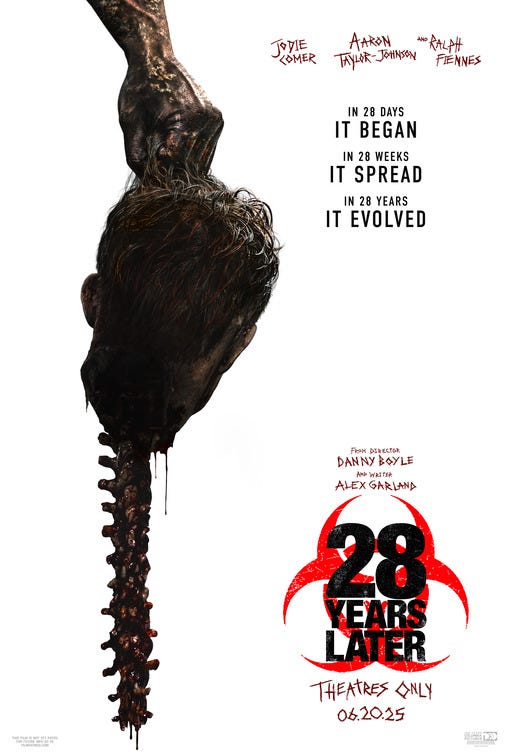
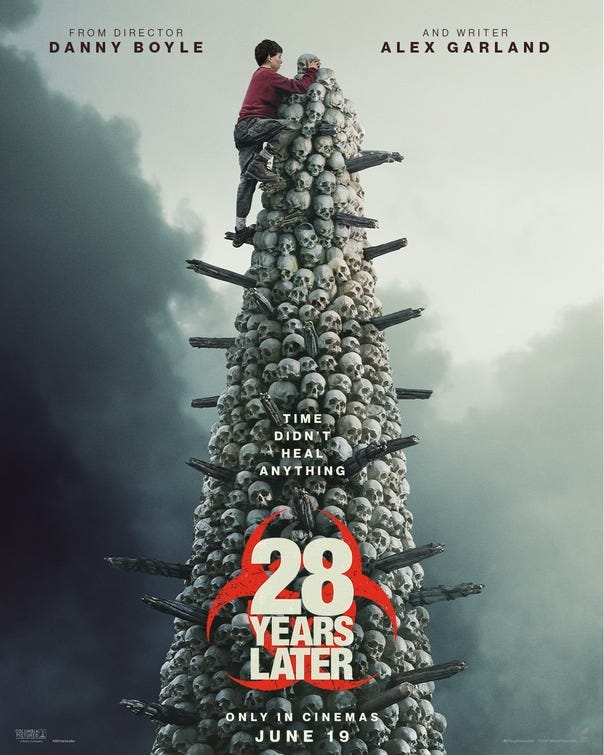
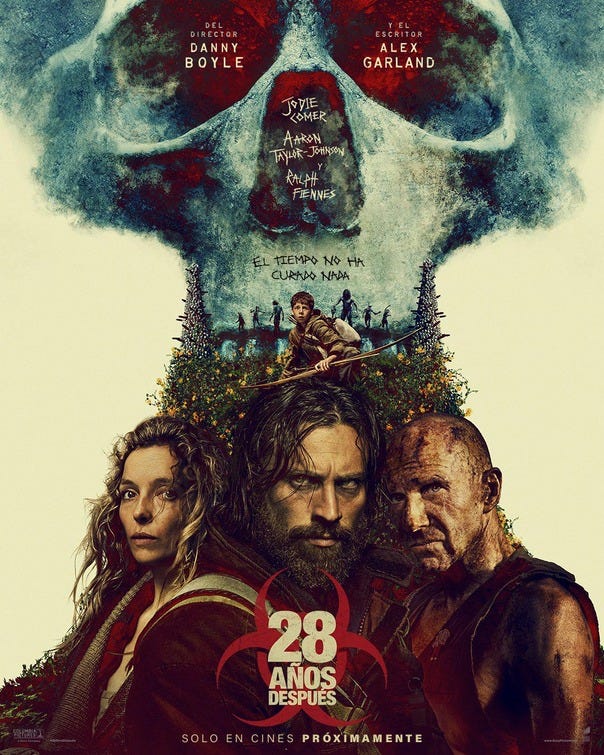
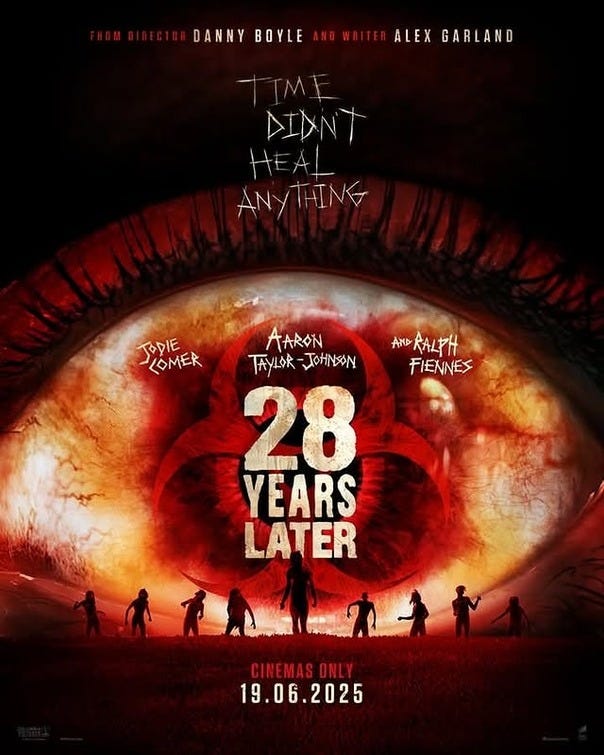
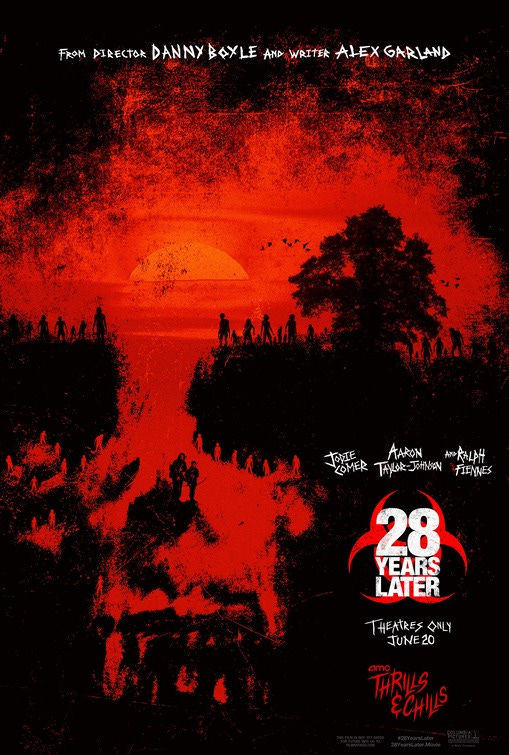
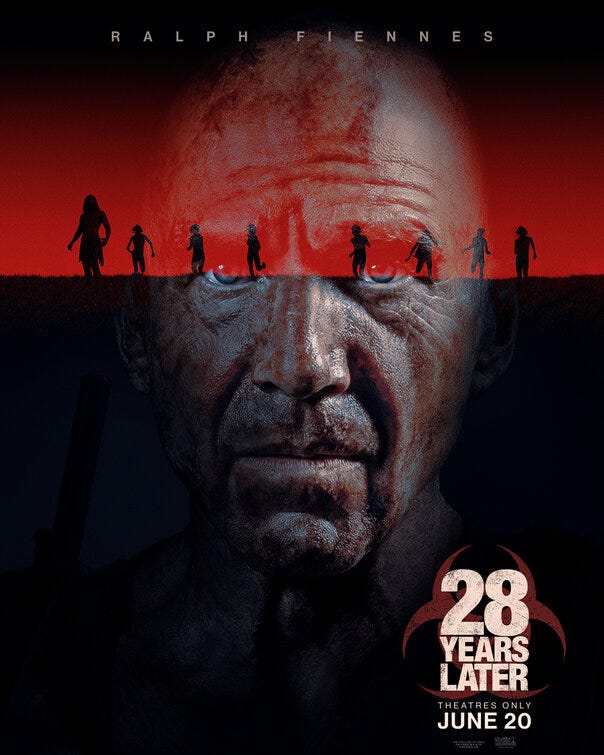
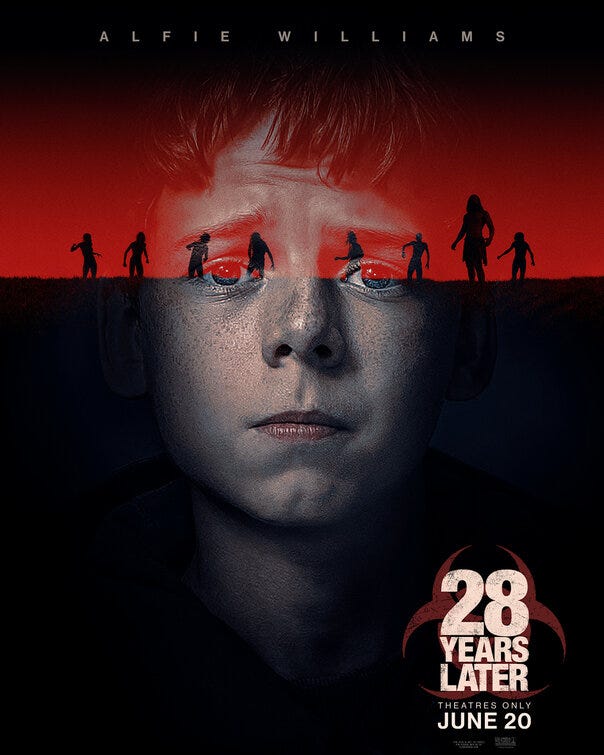
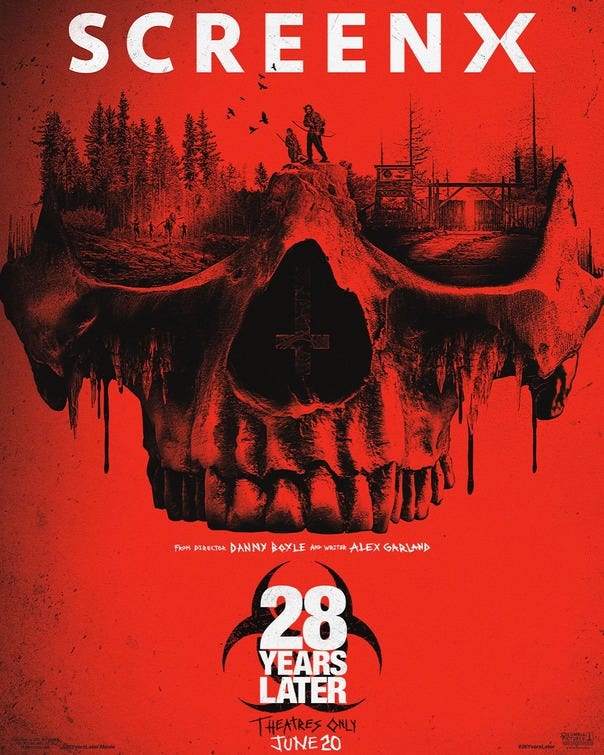
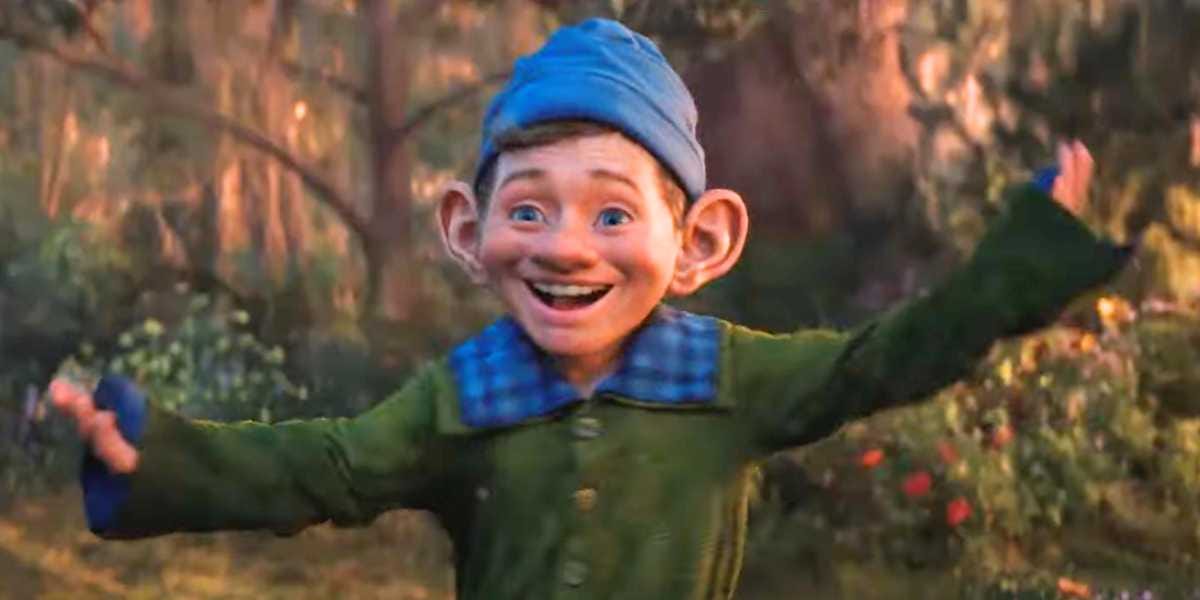
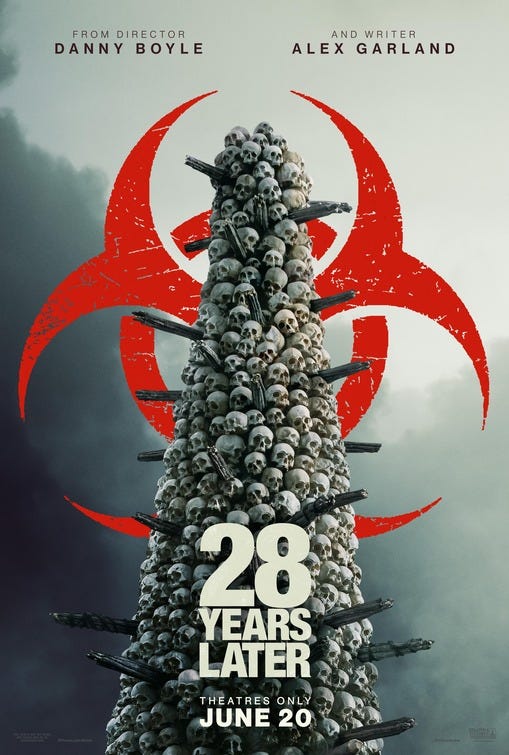
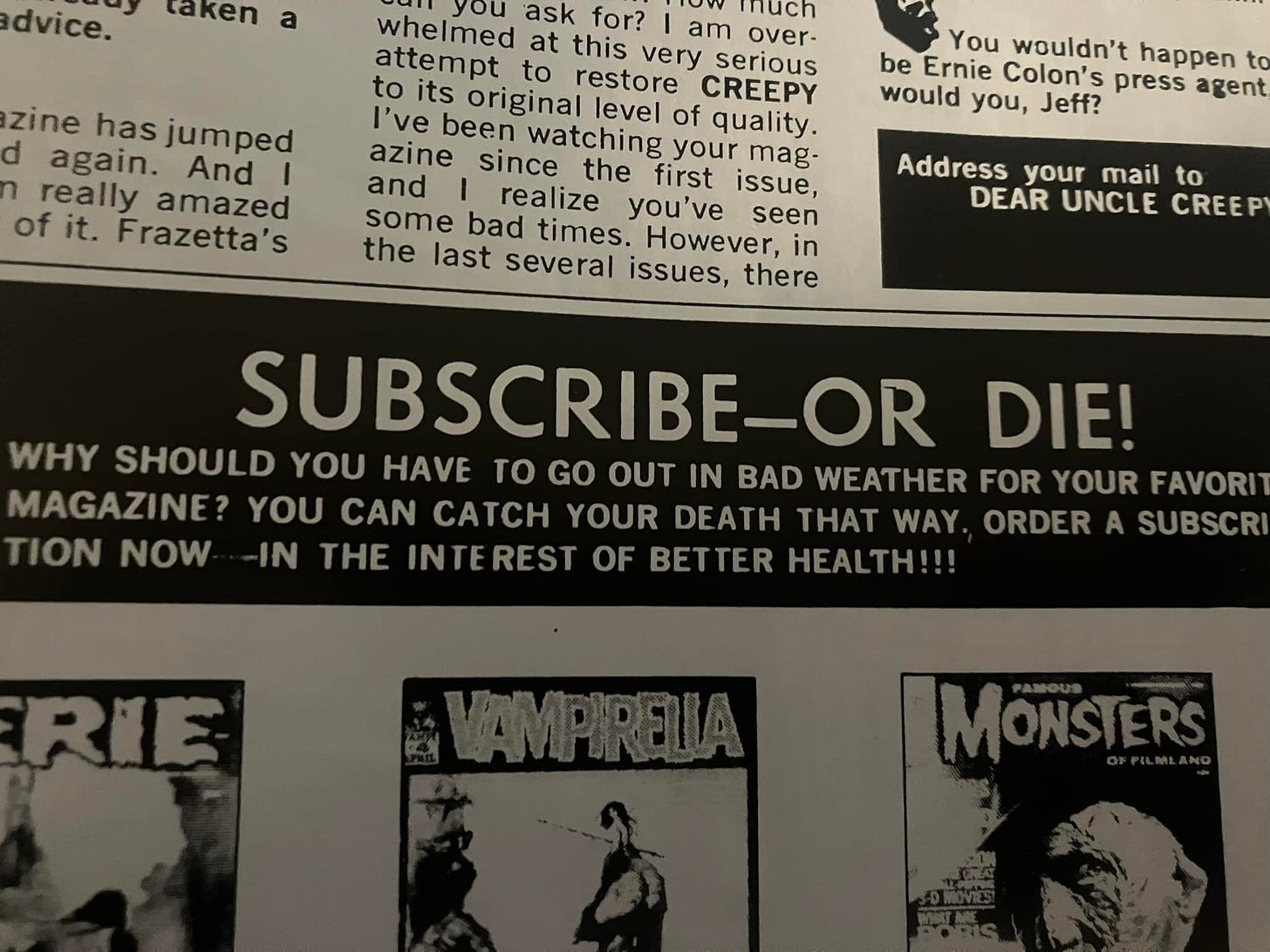
Don't blame me, I voted for Bride Wars.
I think we hoped that a horror movie would take your mind off of it, Nabin?
After all, these are the kinds of movies you grew up loving.